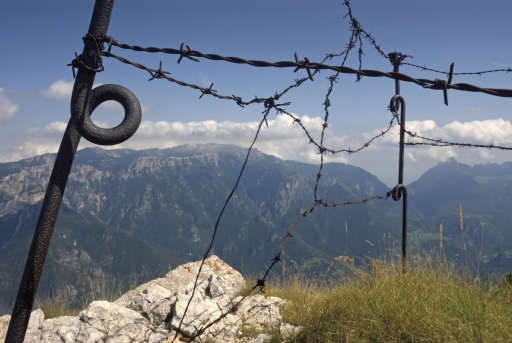Mike Swain reports on plans underway in Trentino, northern Italy, to mark the ‘White War’, which saw thousands of Austro-Hungarian and Italian troops engage in the mountains.
They fought in temperatures of minus 30c in snow 25 metres deep. The First World War soldiers who faced each other in La Guerra Bianca (The White War) high up in the Italian Alps endured some of the harshest conditions of the war yet their sacrifice has often been overlooked.
Now the people from the northern Italian region of Trentino are using the Centenary to invite visitors to remember the unique role they played in the First World War and to reflect on the legacy of peace we enjoy in Europe today.
Trentino lay at the heart of old Europe on the border between Italy and the Austro-Hungarian empire.
When war broke out it was still part of the Austrian empire and more than 50,000 men from Trentino were enlisted and sent to the Russian front.
Refugees
During the war more than 100,000 refugees found themselves scattered to different parts of Europe to live in “cities of wood.” Many ended up living in huts on the edge of Vienna.
When Italy joined the war in May 1915 villages in Trentino became battlefields and 20,000 houses were destroyed. Italians fought Italians. In all more than 11,500 Trentino soldiers were killed. Soldiers of many nationalities remain buried in the 1000 nearby cemeteries.
But perhaps the most extraordinary legacy of the war is the evidence of the cruel freezing conditions the soldiers endured as the fighting moved from the valleys to the mountains.
 © Giovanni Cavulli. Valle di fiemme, Forte Dossaccio
© Giovanni Cavulli. Valle di fiemme, Forte Dossaccio
Those mountains are among the most beautiful in Europe, enjoyed by writers like Goethe and Freud, but they proved a cruel landscape for the ill-equipped soldiers fighting 100 years ago.
On the Marmolada, the highest peak of the Dolomites, the Austro-Hungarian soldiers built a “city of ice” made up of 12 kilometres of tunnels and housing kitchens, stores and dormitories to shelter from the cold.
The freezing temperatures, avalanches and the biting wind were as big an enemy as the opposing troops. Sentries had to tie themselves to their posts to avoid being blown away.
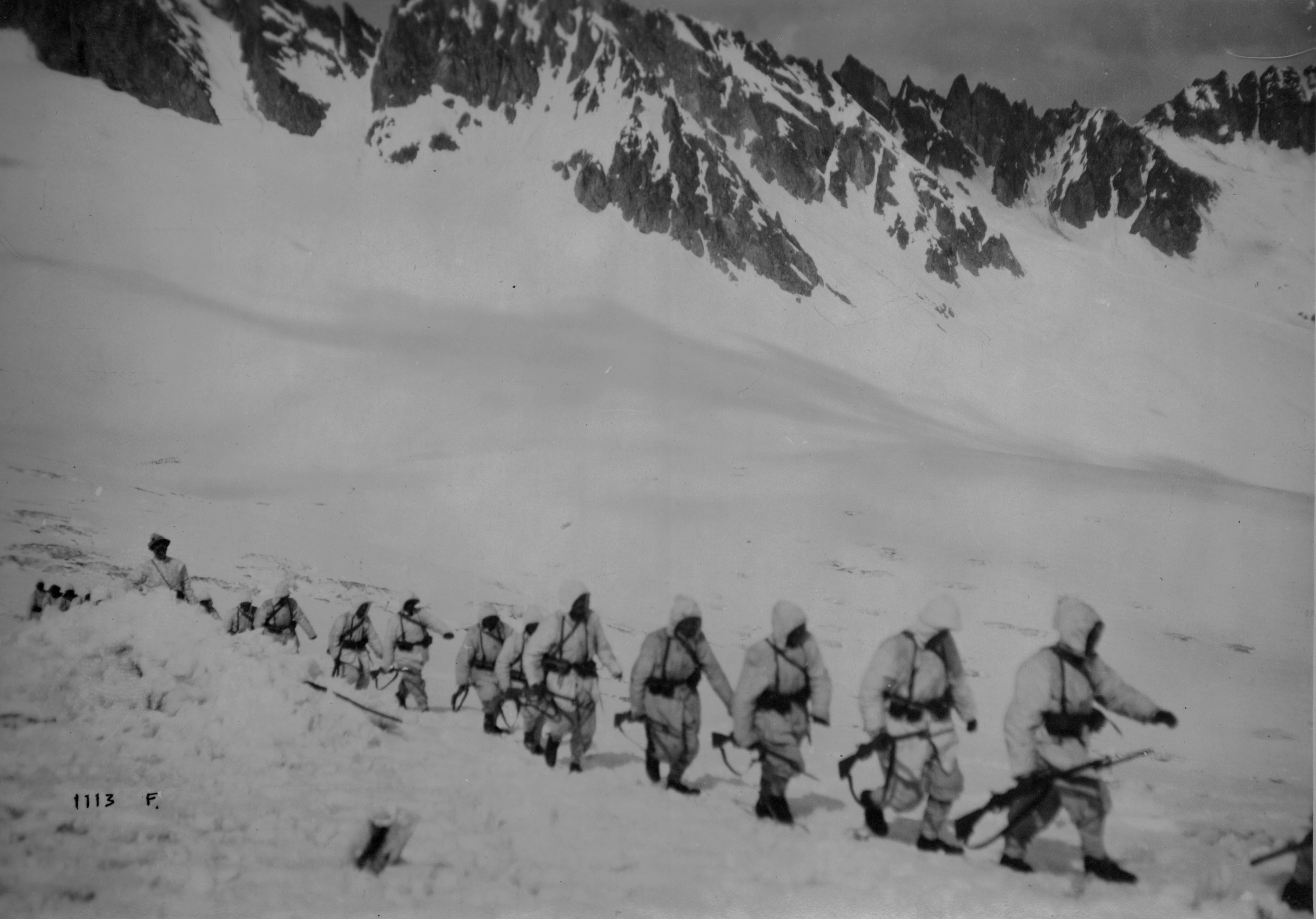
Soldiers built roads, footpaths, cableways, camps and galleries and changed the shape of mountains with underground explosions. Often it was too cold for their guns to work and they struggled for supplies.
The recent retreat of glaciers has uncovered guns and caves where soldiers sheltered at heights up to 3,600 metres with even their newspapers preserved. In the summer, clusters of barbed wire and the remains of wooden buildings still litter the landscape.
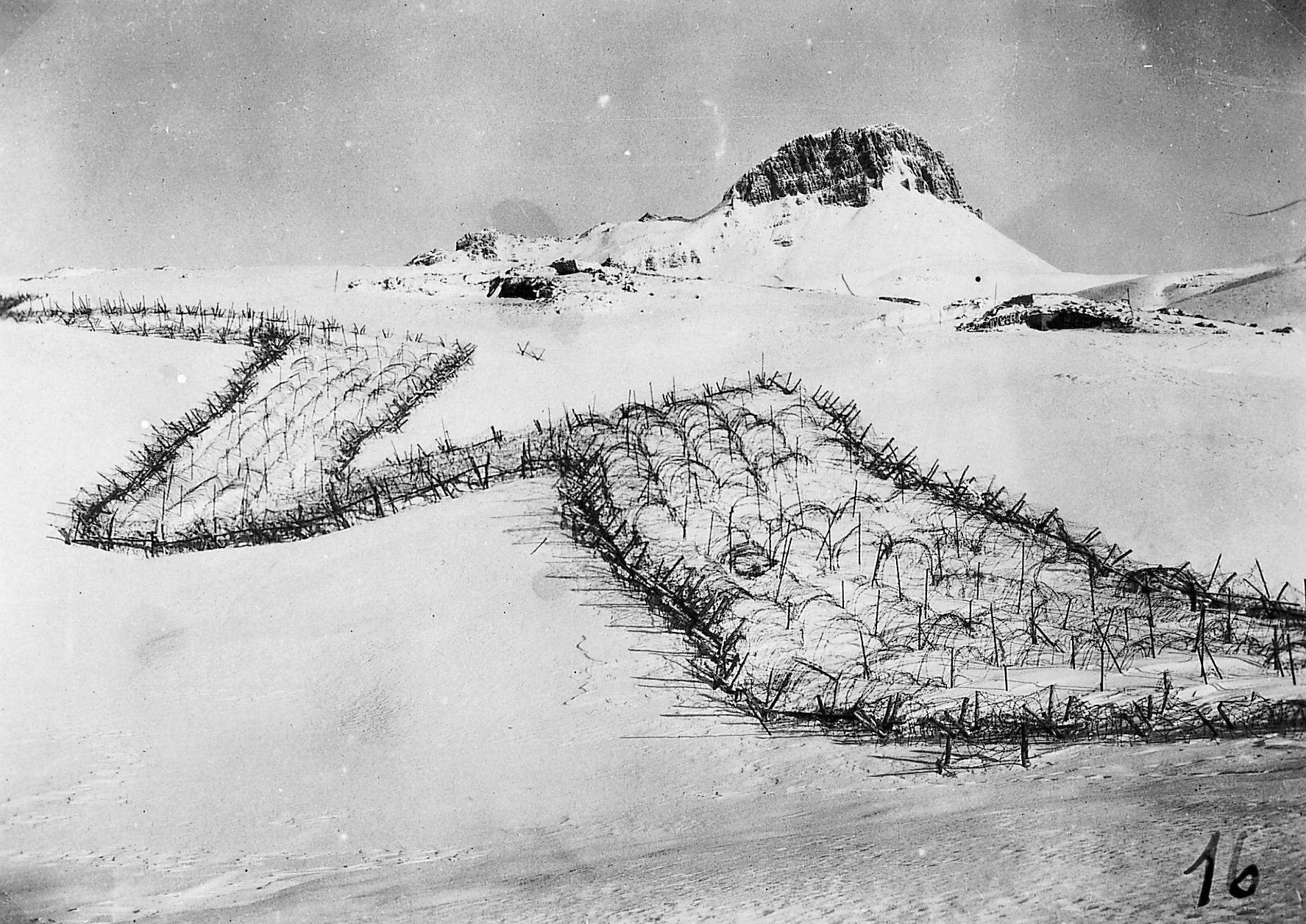
In the hot summer of 2003 the Corno di Cavento tunnel was discovered at 3,402 metres in the Adamello. It became the scene of bloody battles between the Italians and Austrians from 1916 to 1918. Guided tours are now available.
To remember the war, Trentino is launching a 14-18 From War to Peace project to draw attention to its’ remarkable, but often forgotten First World War legacy.

©Arturo Cuel. Forte Dosso del Sommo
Camillo Zadra, supervisor of the Italian War Museum, said: “The Centenary will help us understand these events better and how they have changed us. Yesterday and today Trentino has always been part of Europe. It is an open gate between Germany and Italy.
“We have always spoken Italian but we are on the border of regions which speak German. From 1861 to 1914 Trentino was a political border. During the later years of the Austro-Hungarian empire it became a battlefield.”
During the First World War Hungarian, Slovenian, Croatian, Bosnian, Austrian and Czechs fought each other in the mountains. Prisoners from the Russian front were sent there to dig fortifications but many died from the cold.
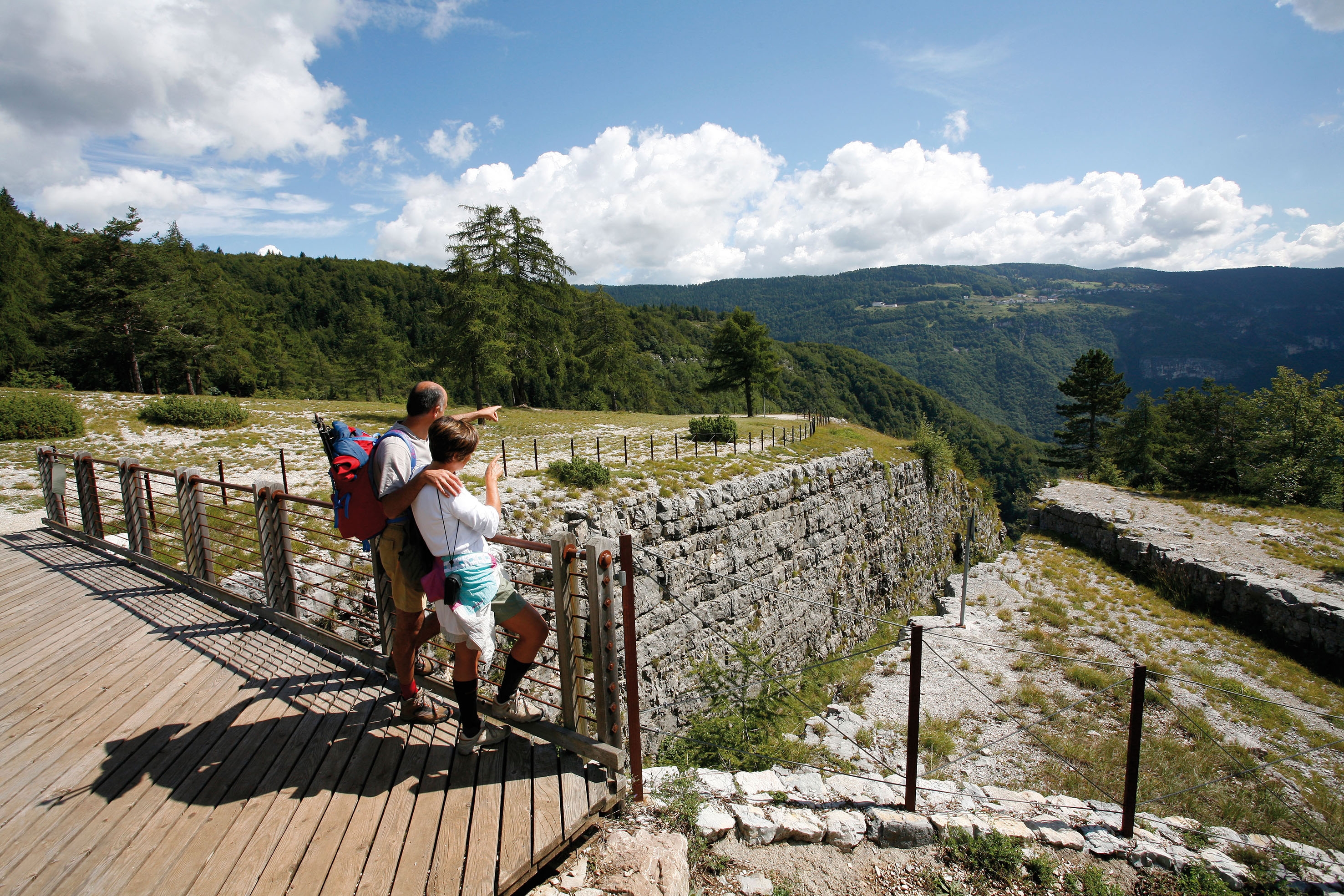 © Arturo Cuel. Altipiano di Folgaria Lavarone e Luserna. Tourists at Fort Belvedere.
© Arturo Cuel. Altipiano di Folgaria Lavarone e Luserna. Tourists at Fort Belvedere.
It was only after the war the region became part of Italy but is now proud of its place at the heart of Europe.
“Trentino has a unique heritage There is not other part of Europe like it. It was hard work but the people of Trentino see WW1 as an essential part of their history,” Mr Zadra said.
“The war left a landscape littered with forts and trenches and hundreds of kilometres of paths and roads. The people who come see how hard it was to live here, how hard it was to work here and how tragic were the events here.”
Lake Garda
Already 45,00 British tourists visit the region drawn by the beauty of its’ landscape but mainly they stay close to Lake Garda. Trentino’s 14-18 project hopes to encourage them to visit the mountains and reflect on the futility of war.
Michelle Dallapiccola, tourism councillor, said: “Trentino is in the heart of the old Europe. It is our home and our land. We have conquered it with our history.
“We have been living in these mountains with our animals and our crops. This has been very difficult for many years. Now we have a different vision. We can experience a different Europe without forgetting the past. This is a great opportunity to bring culture and history and energy to these places.”
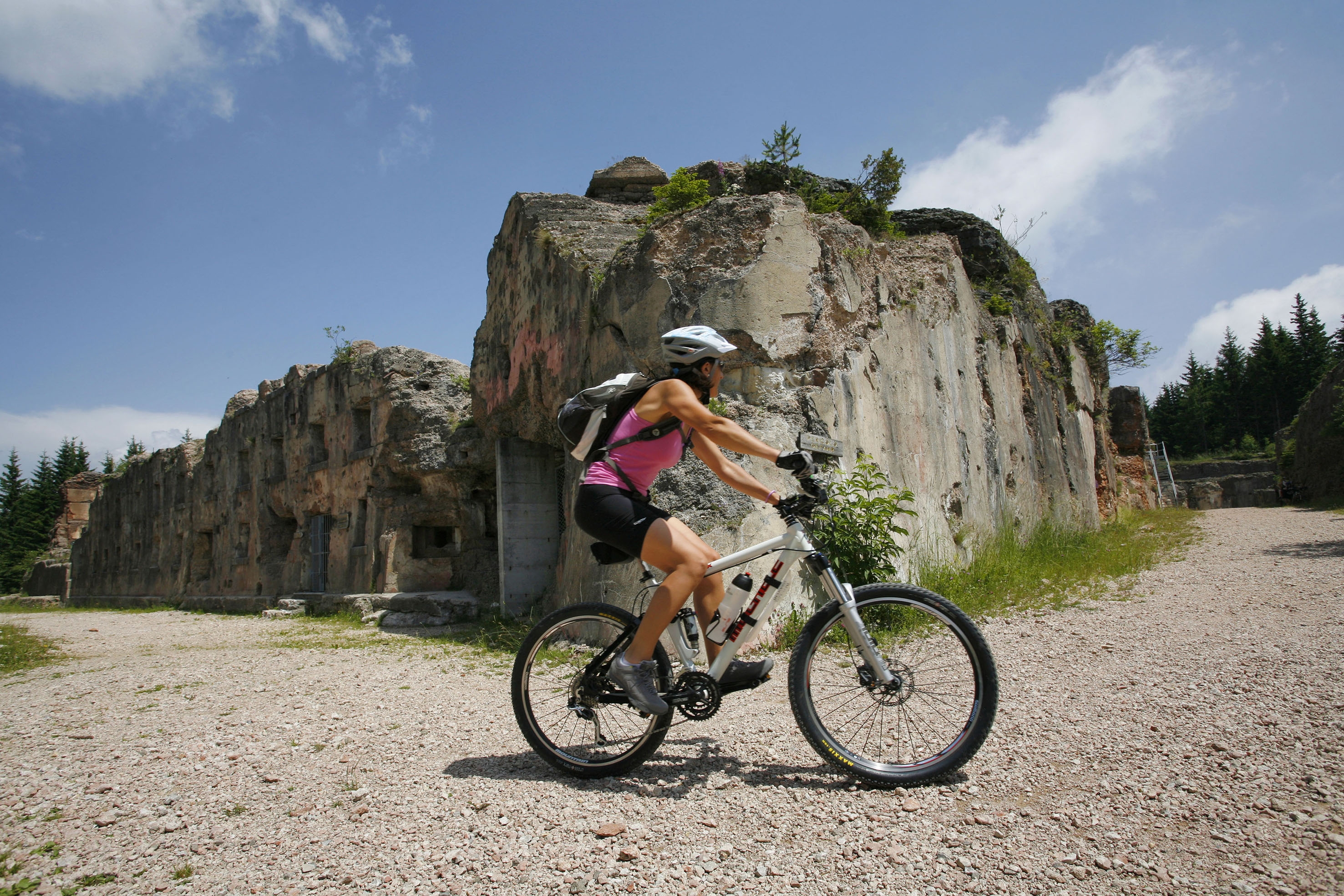 © Arturo Cuel.Altipiano di Folgaria Lavarone e Luserna Cycloturismo MTB
© Arturo Cuel.Altipiano di Folgaria Lavarone e Luserna Cycloturismo MTB
Among highlights for visitors are the Sentiero della Pace (the Peace Path) a 500 kilometre trail between Stelvio and Marmolada.
At Val di Sole visitors can see forts and the remains of trench lines. And at Punta Linke at 3,632 metres recent restoration has revealed an Austrian cableway and a 30 metre underground rock gallery. It is the highest First World War military site accessible in Europe today.
In Rovereto there is La Campana dei Caduti, (The Peace Bell). It was made from donated cannons in 1925 and rings out 100 times a day for the dead and to remind the world of Peace.
Paulo Manfrini, Director of the Regional Tourist Board, said: “The carnage at Trentino turns this into a very great opportunity. It is an opportunity for reflection and growth.
“Trentino is like an enormous park of remembrance for the First World War. We want to contribute to build a culture of peace. People need to reflect on how crazy war is and the madness of war.”
For more details and notice of events visit: www.trentinograndeguerra.it
Posted by Mike Swain
© Centenary Digital Ltd and author
